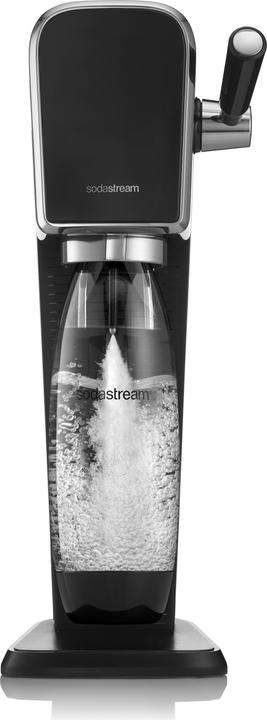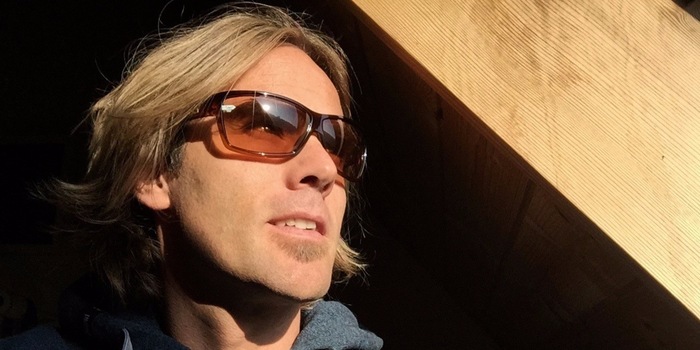

"Freeriding is my anthithesis to being available 24/7."
Freeriding is totally trendy. But what’s driving this trend? What feeds peoples’ urge to ride off-piste on un-groomed terrain? What about potential dangers? We asked pro snowboarder, extreme athlete and freeride legend Ueli Kestenholz.
What fascinates you about freeriding?
It’s a unique outdoor experience that broadens my horizon and takes me places I’d never get to see otherwise. In a way, it’s my personal antithesis to being available 24/7 – total freedom, swimming against the tide away from the masses.
How long has freeriding been around for?
In recent years, freeriding has become very popular but it isn’t really a new thing. Back in the day, my father was into ski-touring – it just wasn’t called “freeriding” then. The idea of exploring untouched slopes and winter landscapes on skis or with snowshoes has been around for a long time.
Nonetheless, the popularity of this sport has greatly increased in recent years, right?
Yes, that’s true. Freeriding has become a real trend, which is a bit of a contradiction as freeriders are looking for something special. They want to be different and prefer being off-piste than on-piste with hundreds of other skiers and snowboarders.
What do you like doing best when you’re off-piste?
I’d say being on my splitboard is my favourite but I also occasionally enjoy my touring skis. Speed riding is another great passion of mine. In 2016, I pretty much flew through a tiny ice tunnel with two skis strapped to my feet and a speed riding parachute on my back. Video
And where are your favourite spots?
Phew, there are so many. Hokkaidō in Japan is absolute powder heaven! Alaska has the steepest powder descents in the world and Canada’s powder snow is unrivalled in quality and consistency. In Switzerland, I love riding my splitboard in the Lötschental. The starting altitude is around 3000 metres, so you only need to ascend a few hundred metres to enjoy descents that stretch for kilometres.
You might also like: (in German)
From the latest iPhone to the return of 80s fashion. The editorial team will help you make sense of it all.
Show all